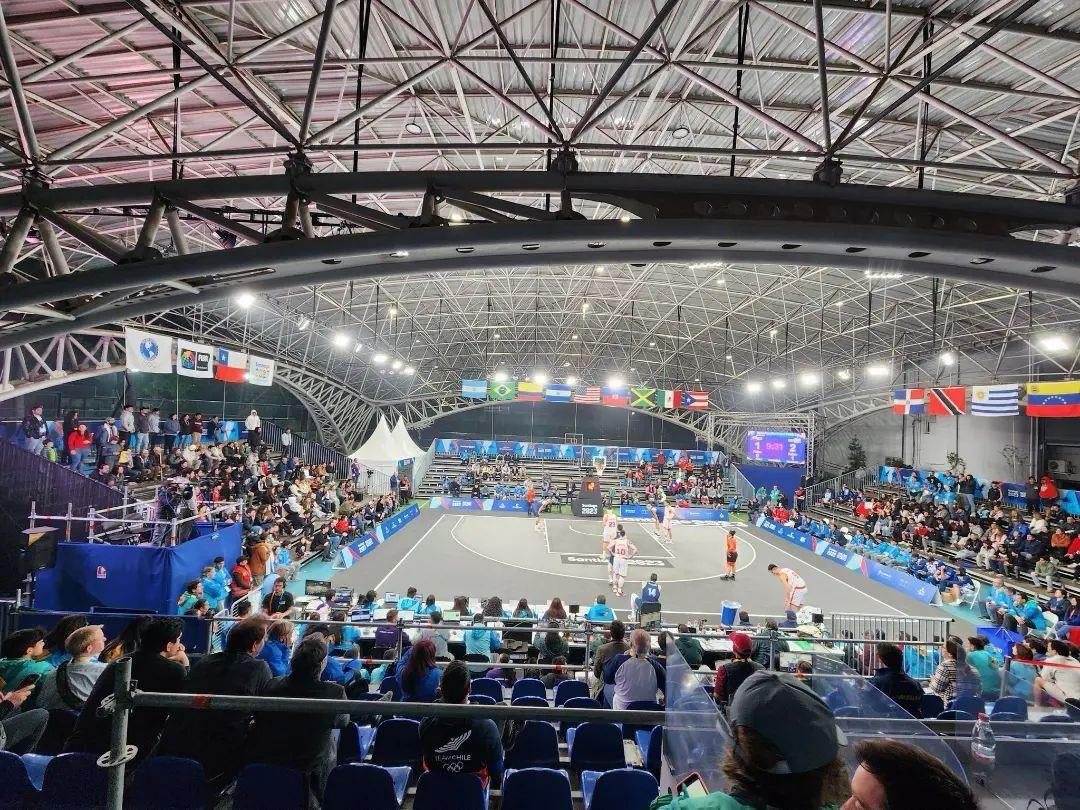Ноя . 20, 2024 09:13 Back to list
court flooring for basketball
Court Flooring for Basketball Key Considerations for Optimal Performance
When it comes to basketball, the playing surface is immensely significant. The type and quality of court flooring not only impact the game's playability but also the safety and performance of the athletes. For gyms, schools, and professional arenas alike, choosing the right court flooring is a decision that affects everyone involved—from players to coaches to spectators.
Importance of Basketball Court Flooring
Basketball court flooring serves several critical roles. First and foremost, it provides the necessary traction for players to make quick cuts, sudden stops, and explosive jumps without slipping. This traction is crucial to preventing injuries, as unexpected slips can lead to sprains, falls, or worse. Therefore, an ideal court surface strikes a balance between being smooth enough for fast play and textured enough to offer grip.
Common Types of Court Flooring
1. Wood Flooring Traditionally, hardwood is the gold standard for basketball courts, particularly in professional arenas and high school gyms. Its natural beauty, durability, and excellent shock absorption make it a preferred choice. Maple hardwood is commonly used due to its resilience and ability to withstand the wear and tear of regular use. Proper maintenance, including refinishing and sealing, can help extend the lifespan of a wood surface.
court flooring for basketball

2. Synthetic Flooring In many modern facilities, synthetic floors made from materials like vinyl or polyurethane have gained popularity. These surfaces provide enhanced durability and are often designed to be less slippery than wood. Additionally, synthetic courts can offer moisture resistance, which is beneficial in preventing warping and damage that can occur with wood flooring.
3. Rubber Flooring Rubber surfaces are becoming a popular option due to their excellent shock absorption and cushioning properties. They are particularly beneficial in multipurpose facilities where basketball is played alongside other sports, as their adaptability and durability make them suitable for varied activities. However, rubber can sometimes offer less traction compared to wood or synthetic surfaces, which is a critical factor for basketball.
Installation and Maintenance
The installation of basketball court flooring requires careful consideration. A professional installation ensures that the floor is level and properly cushioned, which is vital for both performance and safety. Moreover, regular maintenance is essential. For instance, wood floors should be cleaned routinely to prevent dust accumulation and refinished every few years to maintain their quality. Synthetic and rubber surfaces usually require less maintenance, although periodic cleaning and inspection for wear are still necessary.
Conclusion
In conclusion, the right court flooring for basketball is crucial for ensuring a safe and competitive playing environment. Whether opting for traditional hardwood or modern synthetic materials, the choice must align with the goals of the facility, the level of play, and the specific needs of the athletes. By understanding the characteristics of different flooring options and committing to proper installation and maintenance, facilities can create a top-notch basketball experience that promotes excellence on the court. Ultimately, investing in quality basketball court flooring pays off not just in terms of performance but also in injury prevention—a win-win for everyone involved.
-
SmartAgri Solutions-Smart Technology|Precision Irrigation&AI-Driven Crop Monitoring
NewsJul.12,2025
-
Outdoor Pickleball Tape for Durable & Weatherproof Court Marking Easy Apply Outdoor Court Tape Solutions
NewsJul.08,2025
-
Best Outdoor Court Shoes for Pickleball – Durable, Comfortable & Non-Slip Performance
NewsJul.08,2025
-
Premium Plastic Pickleball Court Tiles - Durable Commercial Plastic Flooring Solutions
NewsJul.07,2025
-
Indoor Pickleball Court Dimensions Guide Standard Sizes & PDF Download
NewsJul.07,2025
-
Apex Outdoor Pickleball Courts – Durable & Customizable Surfaces for Your Space
NewsJul.07,2025

